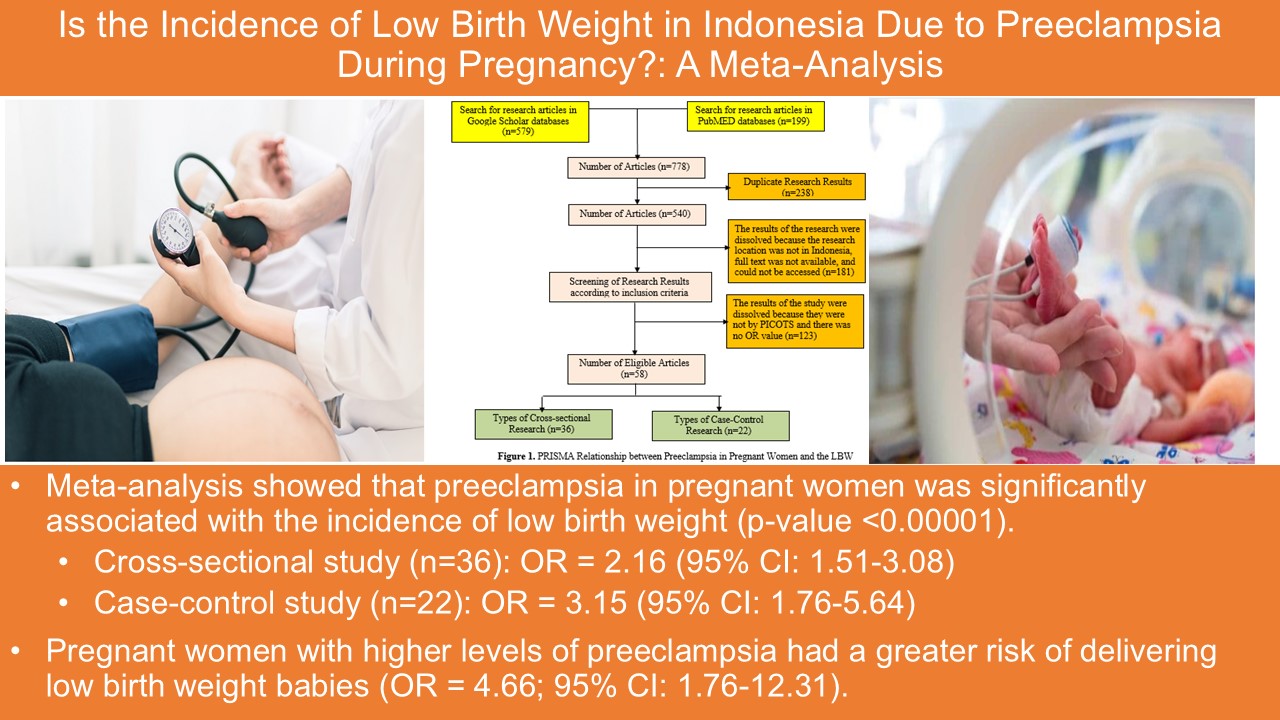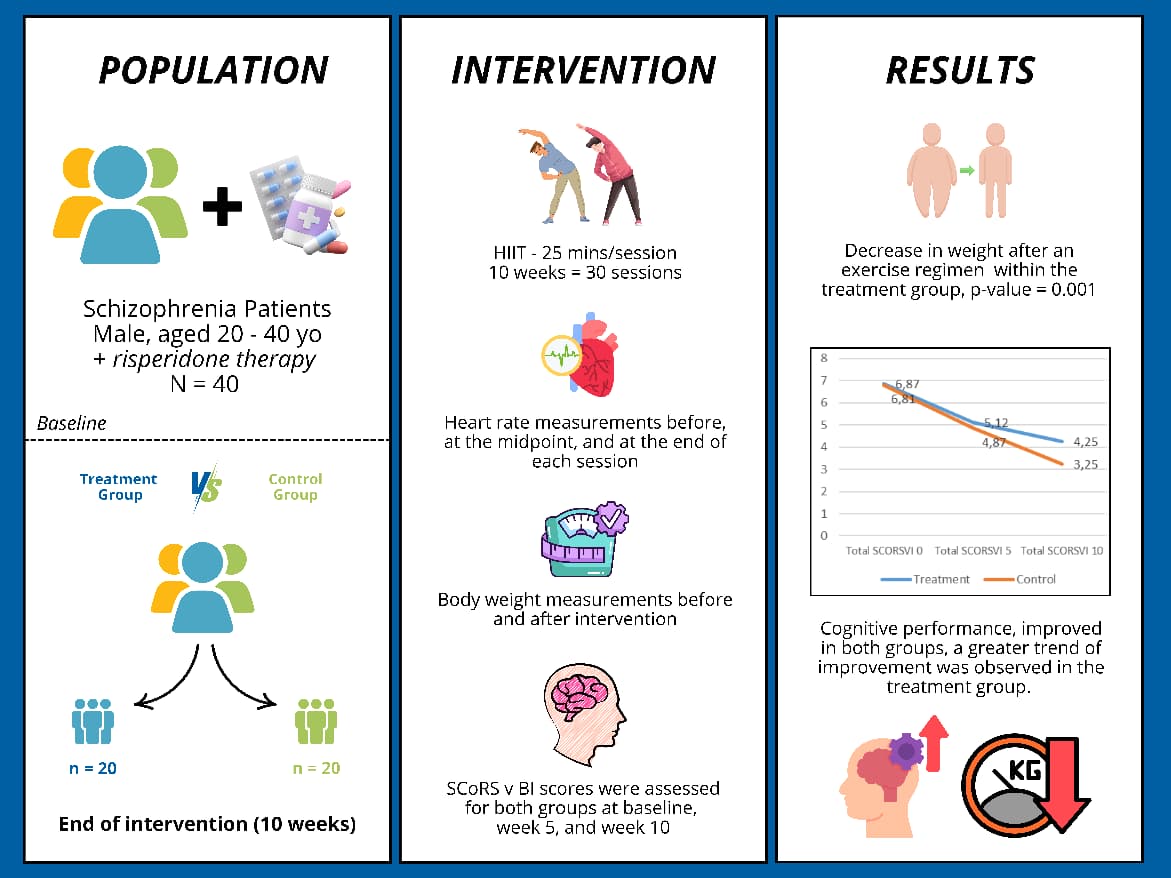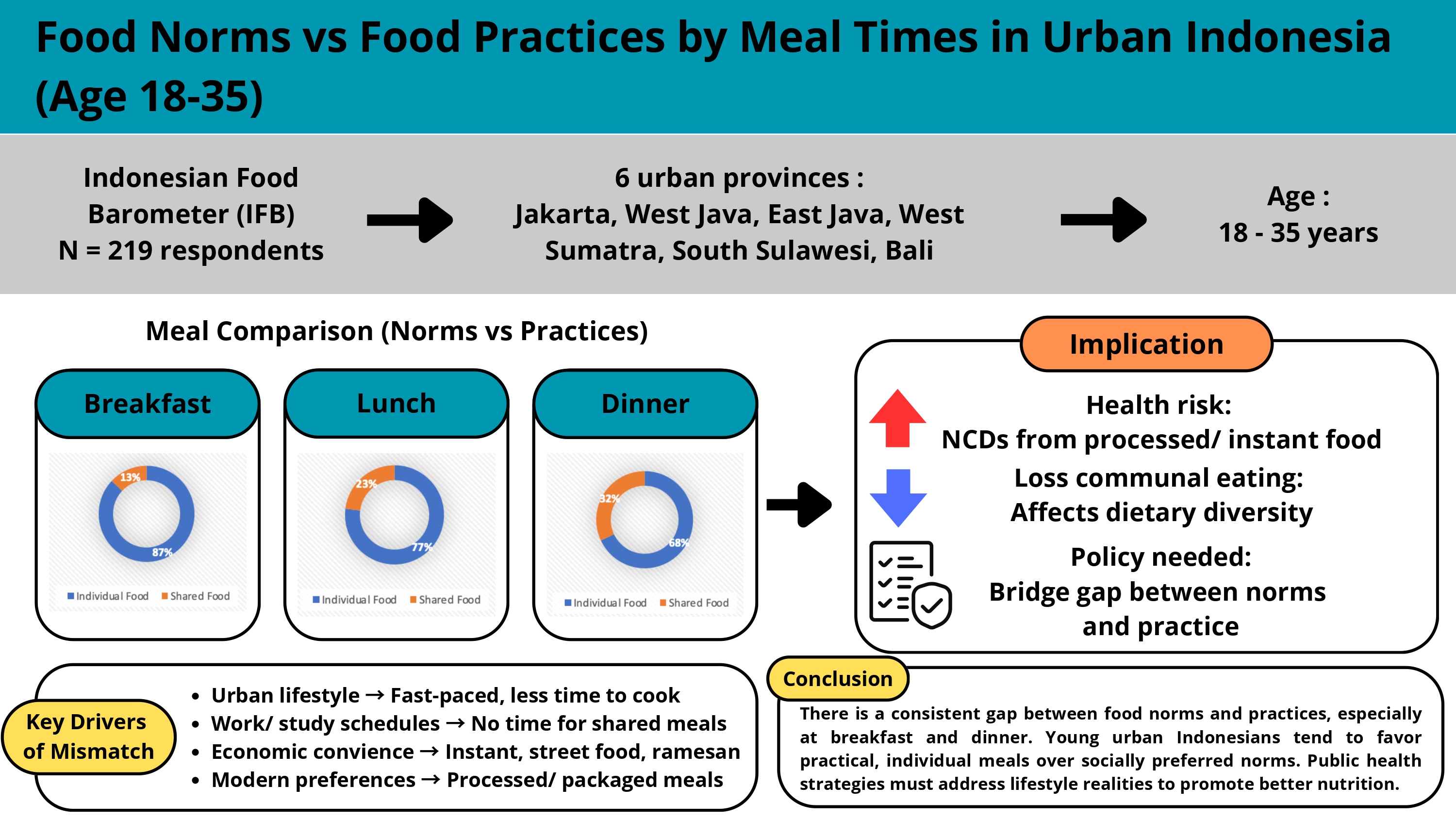Evaluation of Ashitaba (Angelica keiskei) Crackers Formulations as α-Glucosidase Enzyme Inhibitors
Downloads
One of the global health issues is diabetes mellitus, characterized by elevated blood glucose levels. The absorption of glucose in the body occurs through the digestion of carbohydrates by the enzyme α-glucosidase, which is responsible for hydrolyzing carbohydrates into sugar. Ashitaba (Angelica keiskei) is a herbal plant from Japan and has long been utilized in traditional medicine for its various health benefits and preventive properties against multiple diseases. This plant has also been cultivated in Indonesia, including Trawas Mojokerto, East Java. This study aims to develop ashitaba crackers and evaluate their potential α-glucosidase inhibitory activity to develop safe and effective natural products to assist in managing diabetes more efficiently. This research was conducted from July to September 2022. Two formulations of fresh ashitaba leaves were used (12% CAST 1 and 18% CAST 2 of 100 g of flour). Based on the results of this research, chemical composition tests showed that the carbohydrate and dietary fiber content in CAST 1 were higher than those in CAST 2. Protein, lipid, water, and ash content in CAST 2 had higher values than in CAST 1. Flavonoid content and inhibitory activity test results of ashitaba crackers showed significant differences between the two formulation groups regarding flavonoid content and percentage inhibition against the α-glucosidase enzyme. Both flavonoid content and inhibitory activity in CAST 2 were higher than in CAST 1. Ashitaba crackers with the best formulation in this study, based on flavonoid levels and their ability to inhibit α-glucosidase enzyme, were identified as CAST 2.
BSN. (2011). Standar Nasional Indonesia Biskuit. www.bsn.go.id
Caesar, L. K., & Cech, N. B. (2016). A review of the medicinal uses and pharmacology of ashitaba. Planta Medica,82 (14)1236–1245 https://doi.org/10.1055/s-0042-110496
Cao, H., Ou, J., Chen, L., Zhang, Y., Szkudelski, T., Delmas, D., Daglia, M., & Xiao, J. (2019). Dietary polyphenols and type 2 diabetes: Human Study and Clinical Trial. Critical Reviews in Food Science and Nutrition, 59(20(, 3371–3379). https://doi.org/10.1080/10408398.2018.1492900
Cauvain, S. P. (2015). Cookies, Biscuits and Crackers: Formulation, Processing and Characteristics. In Encyclopedia of Food Grains: 2nd ed. (Vols. 3–4, pp. 37–43). Elsevier Inc. https://doi.org/10.1016/B978-0-12-394437-5.00119-4
Dick, M., Limberger, C., Cruz Silveira Thys, R., de Oliveira Rios, A., & Hickmann Flí´res, S. (2020). Mucilage and cladode flour from cactus (Opuntia monacantha) as alternative ingredients in gluten-free crackers. Food Chemistry, 314. https://doi.org/10.1016/j.foodchem.2020.126178
Fu, K., Gao, X., Hua, P., Huang, Y., Dong, R., Wang, M., Li, Q., & Li, Z. (2023). Anti-obesity effect of Angelica keiskei Jiaosu prepared by yeast fermentation on high-fat diet-fed mice. Frontiers in Nutrition, 9. https://doi.org/10.3389/fnut.2022.1079784
Hossain, U., Das, A. K., Ghosh, S., & Sil, P. C. (2020). An overview on the role of bioactive α-glucosidase inhibitors in ameliorating diabetic complications. In Food and Chemical Toxicology,145. https://doi.org/10.1016/j.fct.2020.111738
Kabré, P., Ouattara, L., Sanou, Y., Ouédraogo, R. J., Ouoba, P., Zanté, A. A., Zoungo, D., Somda, M. B., & Ouédraogo, G. A. (2023). Comparative study of polyphenols, flavonoids content, antioxidant and antidiabetic activities of Lophira lanceolata Tiegh.ex Keay (Ochnaceae) extracts. Scientific African, 22. https://doi.org/10.1016/j.sciaf.2023.e01922
Kil, Y. S., Pham, S. T., Seo, E. K., & Jafari, M. (2017). Angelica keiskei, an emerging medicinal herb with various bioactive constituents and biological activities. Archives of Pharmacal Research,40(6),655–675. https://doi.org/10.1007/s12272-017-0892-3
Luo, L., Wang, R., Wang, X., Ma, Z., & Li, N. (2012). Compounds from Angelica keiskei with NQO1 induction, DPPH scavenging and α-glucosidase inhibitory activities. Food Chemistry, 131(3), 992–998. https://doi.org/10.1016/j.foodchem.2011.09.099
Magaji, U. F., Sacan, O., & Yanardag, R. (2020). Alpha amylase, alpha glucosidase and glycation inhibitory activity of Moringa oleifera extracts. South African Journal of Botany, 128, 225–230. https://doi.org/10.1016/j.sajb.2019.11.024
Maronpot, R. R. (2015). Toxicological assessment of Ashitaba Chalcone. Food and Chemical Toxicology,77, 111–119=. https://doi.org/10.1016/j.fct.2014.12.021
Nicole, T. Z. H., Nichelle, T. S., Elizabeth, T. E., & Yuliarti, O. (2021). Formulation of functional crackers enriched with fermented soybean (tempeh) paste: rheological and microstructural properties. Future Foods, 4. https://doi.org/10.1016/j.fufo.2021.100050
Njapndounke, B., Foko Kouam, M. E., Boungo, G. T., Klang, J. M., & Ngoufack, F. Z. (2021). Optimization of production conditions of biscuit from Musa sapientum flour (‘banane cochon'): Nutritional composition and glycaemic index of the optimized biscuit. Journal of Agriculture and Food Research, 6. https://doi.org/10.1016/j.jafr.2021.100229
Ohkura, N., Atsumi, G., Uehara, S., Ohta, M., & Taniguchi, M. (2018). Ashitaba (Angelica keiskei) Exerts Possible Beneficial Effects on Metabolic Syndrome. OBM Integrative and Complementary Medicine, 4(1), 1–1. https://doi.org/10.21926/obm.icm.1901005
Ohnogi, H., Hayami, S., Kudo, Y., & Enoki, T. (2012). Efficacy and Safety of Ashitaba (Angelica keiskei) on the Patients and Candidates with Metabolic Syndrome: A Pilot Study. Japanese Journal of Complementary and Alternative Medicine 9(1). 49-55. www.mhlw.go.jp/houdou/2009/11/dl/h1109-1b.pdf
Rico, D., Ronda, F., Villanueva, M., Perez Montero, C., & Martin-Diana, A. B. (2019). Development of healthy gluten-free crackers from white and brown tef (Eragrostis tef Zucc.) flours. Heliyon, 5(10). https://doi.org/10.1016/j.heliyon.2019.e02598
Seftiono, H., Djiuardi, E., & Pricilia, S. (2019). Analisis Proksimat dan Total Serat Pangan pada Crackers Fortifikasi Tepung Tempe dan Koleseom (Talinumtiangulare). AgriTECH, 39(2), 160–168. https://doi.org/10.22146/agritech.37230

This work is licensed under a Creative Commons Attribution-NonCommercial-ShareAlike 4.0 International License.
- MEDIA GIZI INDONESIA Journal is the copyright owner of all materials published on this website.
- The formal legal provisions for access to digital articles of this electronic journal are subject to the terms of the Creative Commons Attribution-NonCommercial-ShareAlike license (CC BY-NC-SA 4.0), which means that MEDIA GIZI INDONESIA Journal and readers reserve the right to save, transmit media / format, manage in database, maintain, and publish articles as long as it continues to include the name of the Author.
- Printed and published print and electronic manuscripts are open access for educational, research and library purposes. In addition to these objectives, the editorial board shall not be liable for violations of copyright law.


2.png)





















